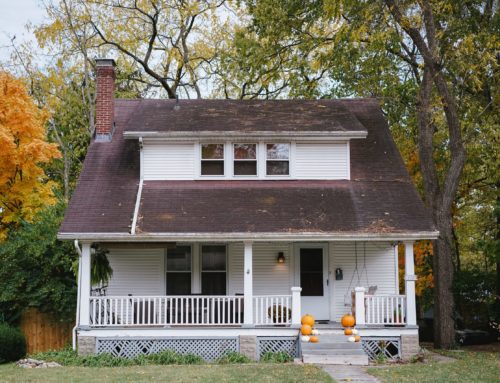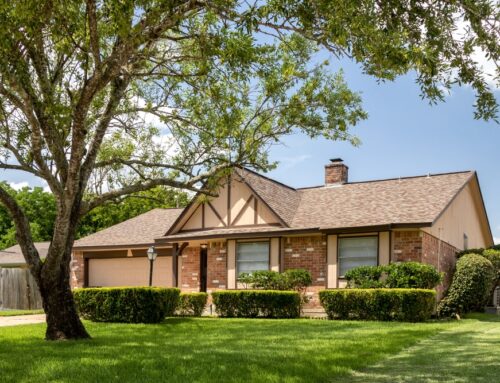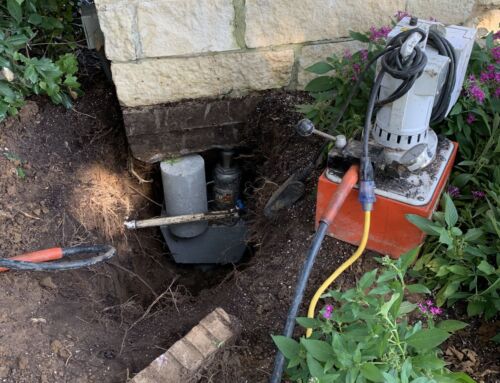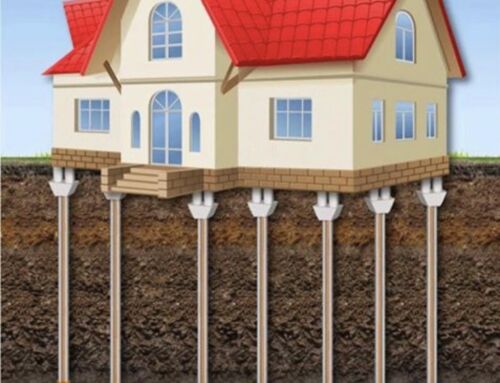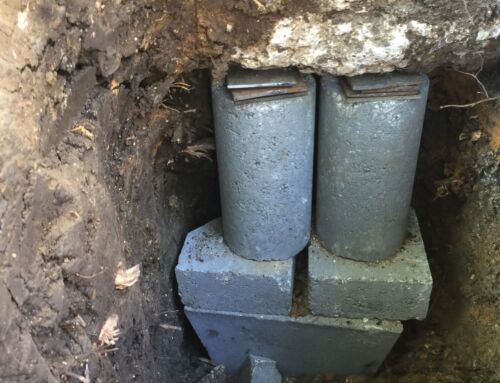Pier and beam foundations have been a staple in construction for many years, especially in older homes. While they offer distinct advantages, such as accessibility for plumbing and electrical systems, they also come with a unique set of challenges. Here are seven of the most common issues homeowners might encounter with pier and beam foundations:
Wood Rot and Decay in Pier and Beam Foundations
Pier and beam foundations, a staple in many traditional homes, primarily rely on wood as a key structural material. The integrity of this foundation style, therefore, is closely tied to the condition of the wood. Over time, wood rot and decay can emerge as formidable adversaries to the health of these foundations.
Wood rot arises when the wood’s moisture content becomes excessively high, usually due to prolonged exposure to water or damp conditions. In the shadowy, often moisture-rich environment of a home’s crawl space – a typical feature of pier and beam foundations – conditions can be ideal for fungi, the primary agents of wood rot, to thrive. These fungi feed on the wood, breaking down its fibers, which in turn compromises the wood’s strength and structural integrity.
As the wood weakens from decay, it’s less capable of bearing the house’s weight. This can lead to sagging floors, creaking sounds, and noticeable instability in the overall structure. Furthermore, compromised wooden beams and joists make the foundation more susceptible to other issues such as pest infestations, as pests like termites are attracted to decaying wood.
In essence, wood rot and decay are not just superficial issues. They attack the very heart of a pier and beam foundation, undermining its capacity to support a home. Addressing wood rot promptly, ensuring adequate ventilation, and maintaining a dry environment are critical to preserving the longevity and function of pier and beam foundations.
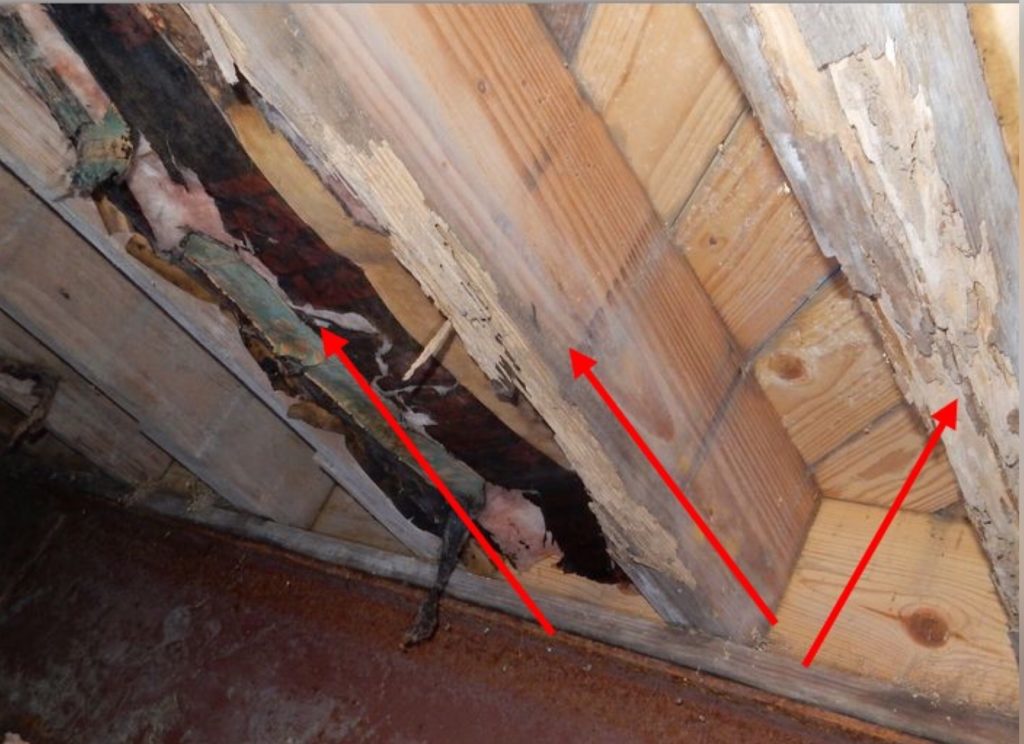
Ground Shifting and Settling
The soil that forms the base of any foundation undergoes natural processes of shifting and settling. In the case of pier and beam structures, such soil movements can cause the piers to move or even sink. This movement can lead to the piers tilting or settling unevenly, producing an unbalanced foundation. Over time, homeowners might notice symptoms like uneven floors, cracks in the walls, and doors or windows that don’t close properly. Early detection and intervention can prevent these from turning into significant structural issues.
Moisture and Poor Ventilation
The inherent design of pier and beam foundations includes a crawl space which, if not adequately ventilated, can accumulate moisture. This moisture buildup is a precursor for multiple problems. It promotes mold growth, instigates wood rot, and can even cause the soil to expand, putting pressure on the foundation. The combination of health concerns from mold and structural integrity threats from prolonged moisture exposure underscores the need for effective crawl space ventilation and moisture control.
Inadequate or Damaged Piers
The piers are the linchpin of the pier and beam foundation, bearing the weight of the entire structure. If they were installed incorrectly, made of substandard materials, or have suffered damage over time, they can’t effectively support the home. The consequences of inadequate piers are significant. Uneven weight distribution can lead to certain sections of the house sagging, putting undue stress on other structural components and leading to broader damages.
Plumbing Leaks
Many homes with pier and beam foundations have plumbing that runs beneath them. A leak in this plumbing might go undetected for extended periods, all the while saturating the ground, wooden foundation components, or both. This persistent exposure to water can accelerate the process of wood rot, instigate mold growth, and also destabilize the soil, which might lead to shifting piers. Immediate repair of such leaks, combined with foundation assessment, is vital.
Pest Infestations
The wooden components of a pier and beam foundation are particularly enticing to pests, notably termites and carpenter ants. These creatures can drastically compromise the wood’s structural integrity over time. An unchecked infestation can lead to vast sections of the foundational wood being weakened or hollowed out, leading to structural failures and necessitating extensive repairs and pest eradication measures.
Insufficient Ground Clearance
For pier and beam foundations to function optimally, there needs to be sufficient clearance between the ground and the home’s wooden components. This space ensures proper ventilation, keeps wooden elements away from damp soil, and allows for easy access for inspections and repairs. If this clearance is insufficient, it can exacerbate issues related to moisture, rot, and pests. Regular inspections can ensure that the foundational wood remains clear of the ground and potential problems are nipped in the bud.
While pier and beam foundations offer certain advantages, it’s essential to be aware of their potential challenges. Regular inspections and maintenance are the keys to ensuring the longevity and stability of these foundational structures.

